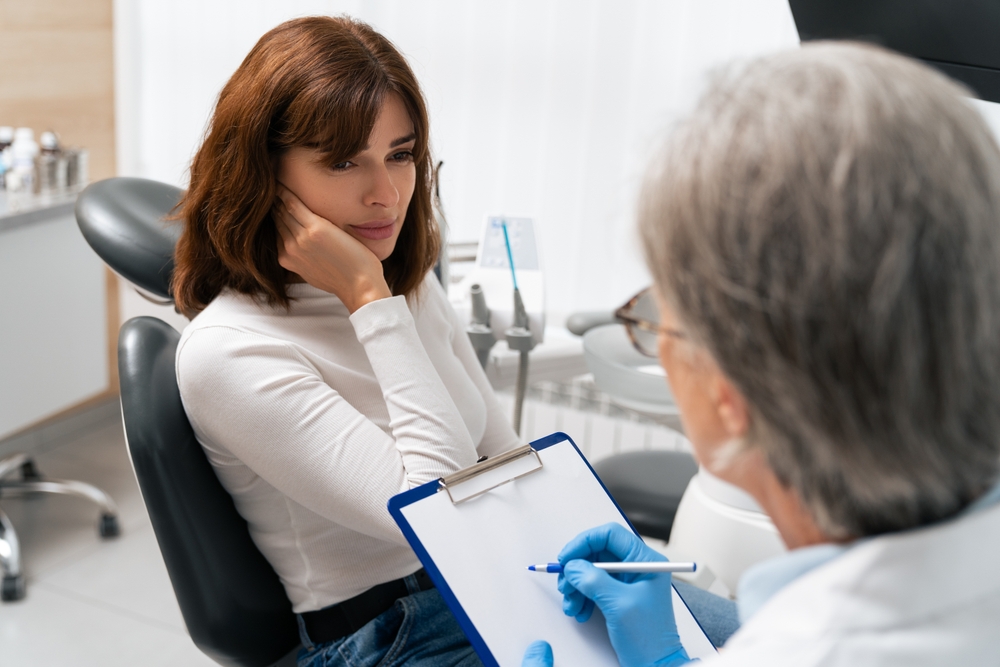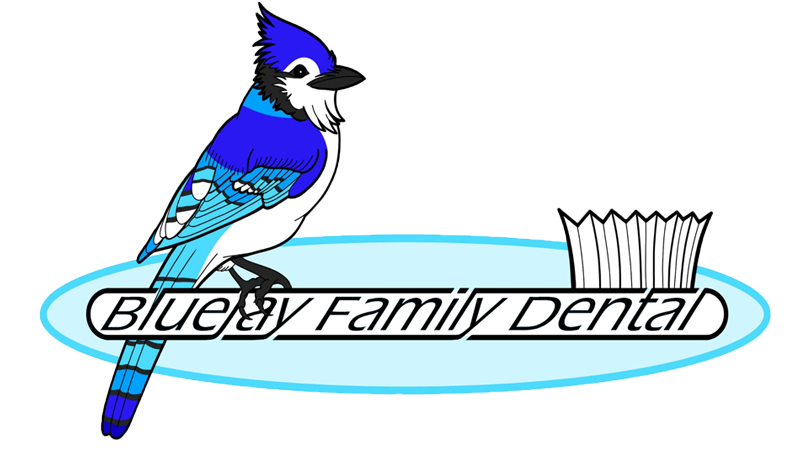
Dental emergencies can be distressing and happen when you least expect them. Knowing how to respond correctly can mean the difference between saving a tooth and losing it or avoiding unnecessary pain and complications. At BlueJay Family Dental in Council Bluffs, IA, Dr. Steven Fidone educates patients about the most frequent dental emergencies and offers practical advice on how to handle them promptly and effectively. Understanding these situations helps you stay calm and act quickly when urgent dental care is needed.
Toothaches: Identifying Causes and Immediate Relief
A toothache is one of the most common dental emergencies and can range from mild discomfort to intense, throbbing pain. Causes of toothaches include cavities, infections, gum disease, a cracked tooth, or even an abscess. When a toothache occurs, the first step is to rinse your mouth with warm water to clear out any debris. Floss gently around the affected tooth to remove trapped food particles that could be aggravating the pain.
Avoid placing aspirin or other painkillers directly on the gums, as this can cause burns or irritation. Over-the-counter pain medications can help manage pain temporarily. Applying a cold compress to the cheek may reduce swelling. It is important to contact Dr. Steven Fidone as soon as possible because untreated tooth infections can worsen quickly and may require professional treatment such as fillings, root canals, or antibiotics.
Knocked-Out Teeth: Immediate Actions to Save the Tooth
A tooth that has been completely knocked out is a dental emergency that requires quick and careful action. Locate the tooth and pick it up by the crown, avoiding touching the root. If the tooth is dirty, rinse it briefly with milk or saline solution, but do not scrub it or remove any attached tissue. Attempt to place the tooth back into the socket if possible, applying gentle pressure.
If reinsertion is not feasible, store the tooth in a container of milk or a tooth preservation solution to keep the root cells alive. Time is critical; ideally, the tooth should be reimplanted within one hour of the injury. Contact BlueJay Family Dental immediately for emergency care. Dr. Fidone can evaluate the tooth and attempt to save it, increasing the chances of successful reattachment and healing.
Chipped and Broken Teeth: Protecting and Preserving the Tooth
Accidents often result in chipped or broken teeth, which can cause sharp edges that injure your tongue or cheek. When this happens, rinse your mouth with warm water and collect any broken pieces. Applying pressure with gauze can control any bleeding. Avoid chewing on the affected side until you can see Dr. Fidone.
To protect your mouth from cuts caused by sharp tooth fragments, you can temporarily cover the jagged edge with dental wax or sugarless gum. Prompt dental treatment is important to repair the damage and prevent infection. Depending on the extent of the break, options include bonding, crowns, or veneers, all aimed at restoring function and appearance.
Lost Fillings or Crowns: Temporary Fixes and When to See a Dentist
Losing a filling or crown can be painful and expose the tooth to further damage. If a filling falls out, rinse your mouth and try to keep the area clean. You can use a small piece of sugarless gum or dental cement available at drugstores to temporarily cover the exposed tooth. Similarly, if a crown falls off, clean it gently and try to place it back on the tooth to protect the underlying structure.
Do not force a crown if it doesn’t fit comfortably. Contact BlueJay Family Dental promptly so Dr. Fidone can assess the situation. Leaving an exposed tooth untreated increases the risk of decay, sensitivity, and infection. Timely dental care can prevent more extensive procedures later.
Soft Tissue Injuries: Managing Cuts and Bleeding
Injuries to the gums, cheeks, tongue, or lips are common in dental emergencies caused by falls, sports injuries, or accidents. Such wounds often bleed heavily and cause pain but can usually be managed at home initially. Rinse your mouth with warm water to clean the area, and apply firm pressure with a clean cloth or gauze to stop bleeding.
Cold compresses can help reduce swelling and discomfort. Avoid disturbing any blood clots that form, as they aid in healing. If bleeding does not stop after 15 minutes, the injury is deep, or you notice signs of infection, seek immediate care. Dr. Steven Fidone at BlueJay Family Dental is experienced in treating soft tissue injuries and will ensure proper healing.
When to Seek Emergency Dental Care
Not all dental issues require an emergency visit, but recognizing the signs that do can save teeth and reduce pain. You should seek emergency dental care if you experience:
Severe, persistent pain
Uncontrolled bleeding
A knocked-out tooth
A broken or chipped tooth with sharp edges
Swelling affecting breathing or swallowing
Signs of infection such as fever, pus, or increasing pain
BlueJay Family Dental in Council Bluffs, IA, offers emergency dental services to provide timely relief and treatment. Dr. Steven Fidone encourages patients to call immediately if they experience any serious dental trauma or symptoms that concern them. Quick response often leads to better treatment outcomes.
Resources
American Dental Association. (2023). Emergency Dental Care Guidelines. ADA Journal.
Lin, S. S., & Schwartz, S. (2018). Management of Traumatic Dental Injuries. Journal of the American Dental Association.
Andreasen, J. O., & Kahler, B. (2019). Treatment Strategies for Dental Trauma. International Endodontic Journal.
